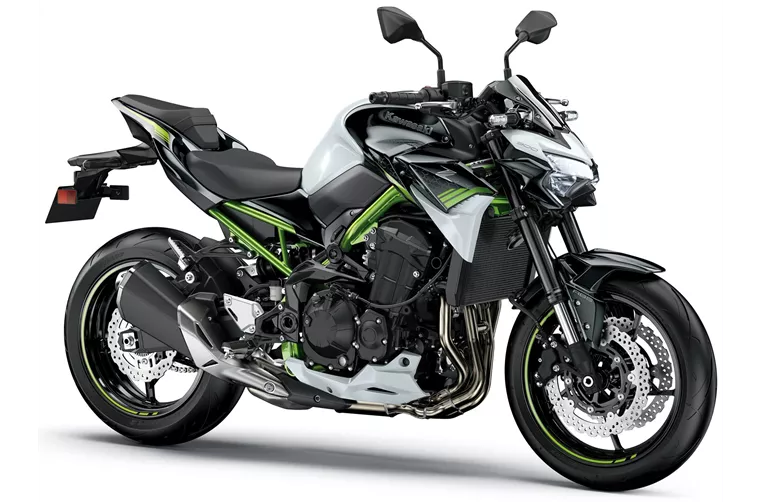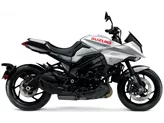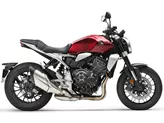Honda CB 1000 R 2019 vs. Kawasaki Z900 2020

Honda CB 1000 R 2019
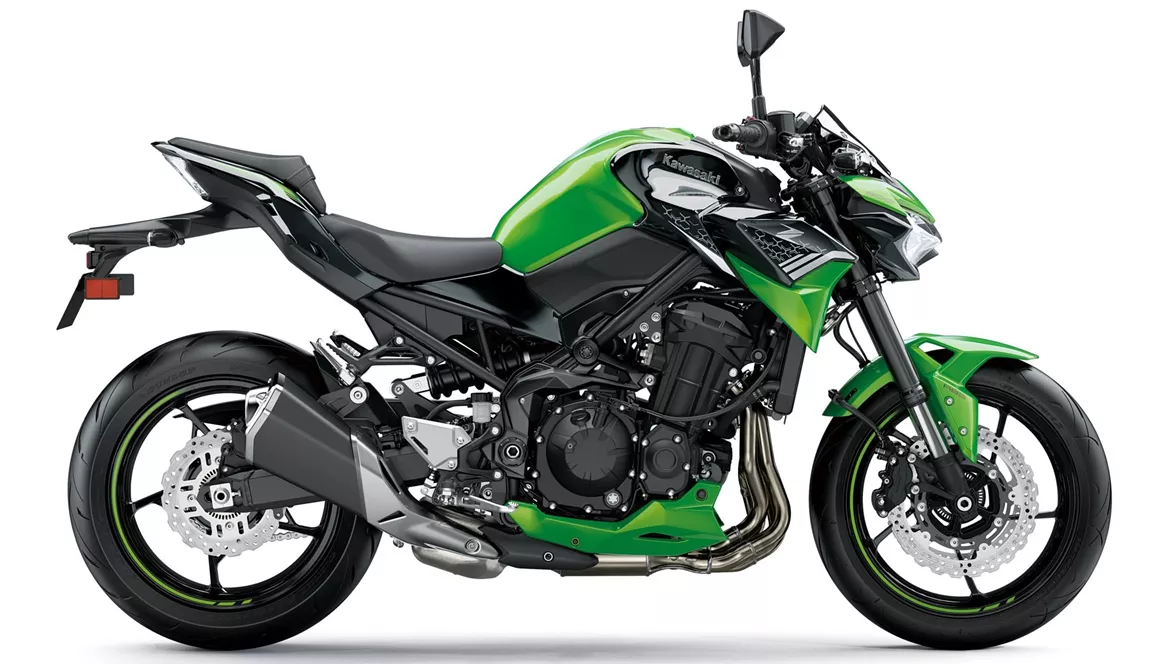
Kawasaki Z900 2020
Overview - Honda CB 1000 R 2019 vs Kawasaki Z900 2020
When comparing the Honda CB 1000 R 2019 and the Kawasaki Z900 2020, it is important to consider their technical specifications and strengths and weaknesses.
In terms of engine and drive train, both bikes have an inline four-cylinder engine with liquid cooling. However, the Honda CB 1000 R has a higher engine power of 145 HP compared to the Kawasaki Z900's 125.4 HP. The Honda also has a higher torque of 104 Nm compared to the Kawasaki's 98.6 Nm. Both bikes have fuel injection systems and four cylinders.
In terms of suspension, both bikes have upside-down telescopic forks in the front. The Honda CB 1000 R offers more adjustment options with compression, preload, and rebound adjustments, while the Kawasaki Z900 only has preload and rebound adjustments. In the rear, both bikes have a swing arm suspension with a monoshock. The Honda CB 1000 R offers compression, preload, and rebound adjustments, while the Kawasaki Z900 only has preload and rebound adjustments.
Both bikes have a steel frame, but the Honda CB 1000 R has a backbone frame while the Kawasaki Z900 has a double cradle frame. This may affect the bikes' handling and stability.

Honda CB 1000 R 2019
In terms of brakes, both bikes have double disk brakes in the front with four pistons. The Honda CB 1000 R has larger diameter disks at 310 mm compared to the Kawasaki Z900's 300 mm. The Honda also has radial technology for its brakes, which may provide better braking performance.
Both bikes have advanced rider assistance systems including ABS, riding modes, ride by wire, and traction control. This enhances the bikes' safety and performance.
In terms of dimensions and weights, both bikes have a front tire width of 120 mm and a front tire diameter of 17 inches. The Honda CB 1000 R has a wider rear tire at 190 mm compared to the Kawasaki Z900's 180 mm. Both bikes have a wheelbase of around 1450-1455 mm. The Honda CB 1000 R has a higher seat height at 830 mm compared to the Kawasaki Z900's 795 mm. The Honda CB 1000 R also has a slightly higher kerb weight with ABS at 212 kg compared to the Kawasaki Z900's 210 kg.
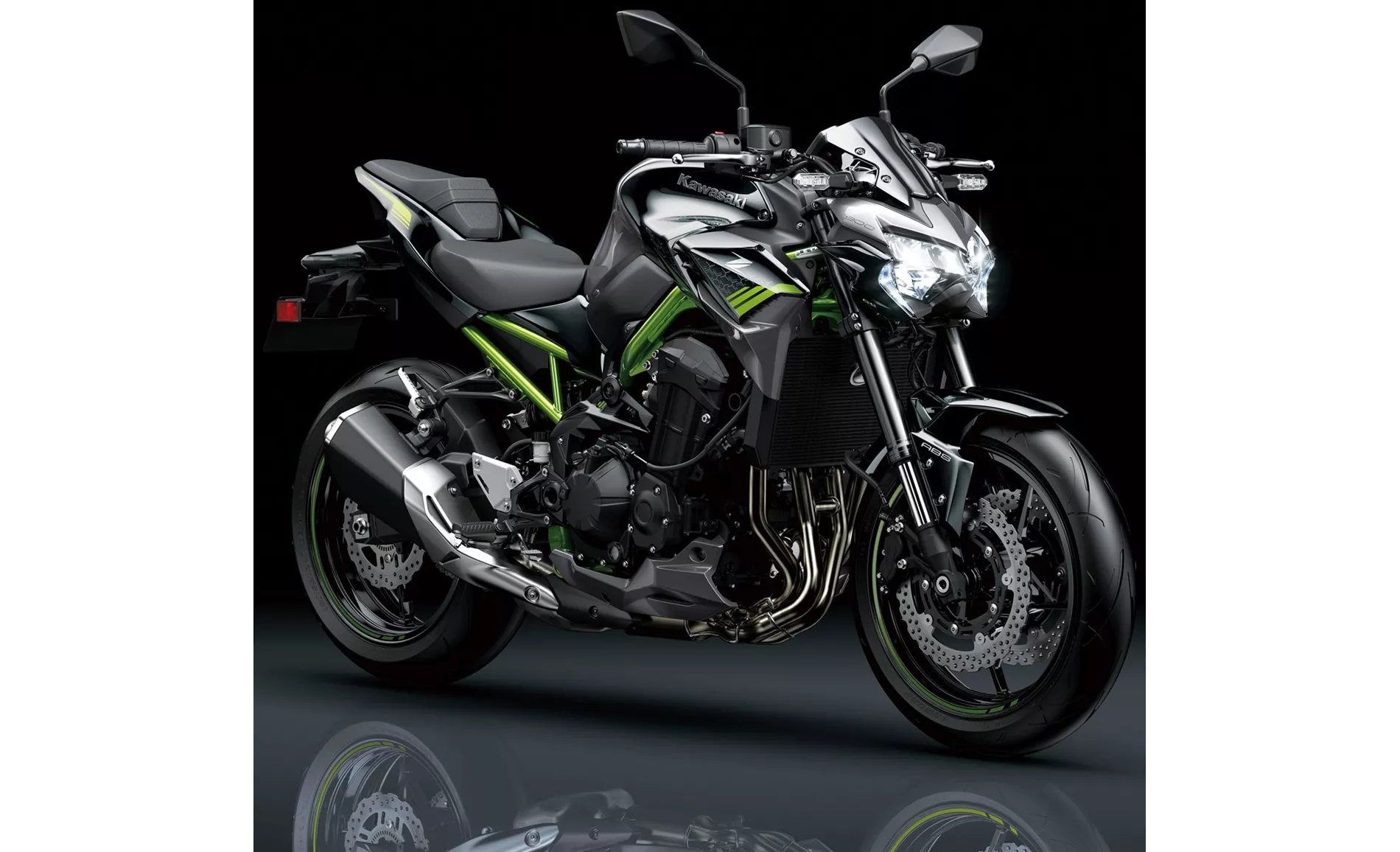
Kawasaki Z900 2020
In terms of equipment, both bikes have LED headlights. The Kawasaki Z900 also has LED daytime running lights and a TFT display, while the Honda CB 1000 R has a black/white LCD display which may not be as up to date and readable in direct sunlight.
The Honda CB 1000 R's strengths include flawless responsiveness of the power unit, excellent rideability, a good electronics package, a smooth and precise gearbox, and an excellent functioning quickshifter. On the other hand, it may have some weaknesses for tall pilots who may experience space problems with their knees at the tank and the black/white LCD display may not be ideal in direct sunlight.
The Kawasaki Z900's strengths include a powerful four-cylinder engine, great handling, good equipment, aggressive looks, and value for money. However, it may have some weaknesses in terms of menu navigation being somewhat tiring and the lack of a quickshifter option.
Overall, both the Honda CB 1000 R 2019 and the Kawasaki Z900 2020 have their own strengths and weaknesses. It ultimately depends on the rider's preferences and priorities in terms of performance, handling, comfort, and features.
Technical Specifications Honda CB 1000 R 2019 compared to Kawasaki Z900 2020
Pros and Cons in comparison
Pros and Cons in comparison
Honda CB 1000 R 2019

The 1-litre version of the Neo Sport Cafe Racer shows that it doesn't always have to be the golden mean. In all honesty, it has to be said that the largest of all the representatives also feels the most "grown-up". The electronic equipment of the 1000 in the + version leaves almost nothing to be desired and the handling is extremely rider-friendly for this class. Playfully easy cornering with a well-tuned chassis, snappy brakes and low weight seem to be the recipe for success in terms of smoothness. In terms of performance, the CB1000R+ unfortunately has to make concessions. With 145 hp, the Honda is not a brute rocket, but it is all the more controllable for it. And 145 hp with a full tank of 213 kg is more than enough for maximum riding pleasure on country roads!
Kawasaki Z900 2020
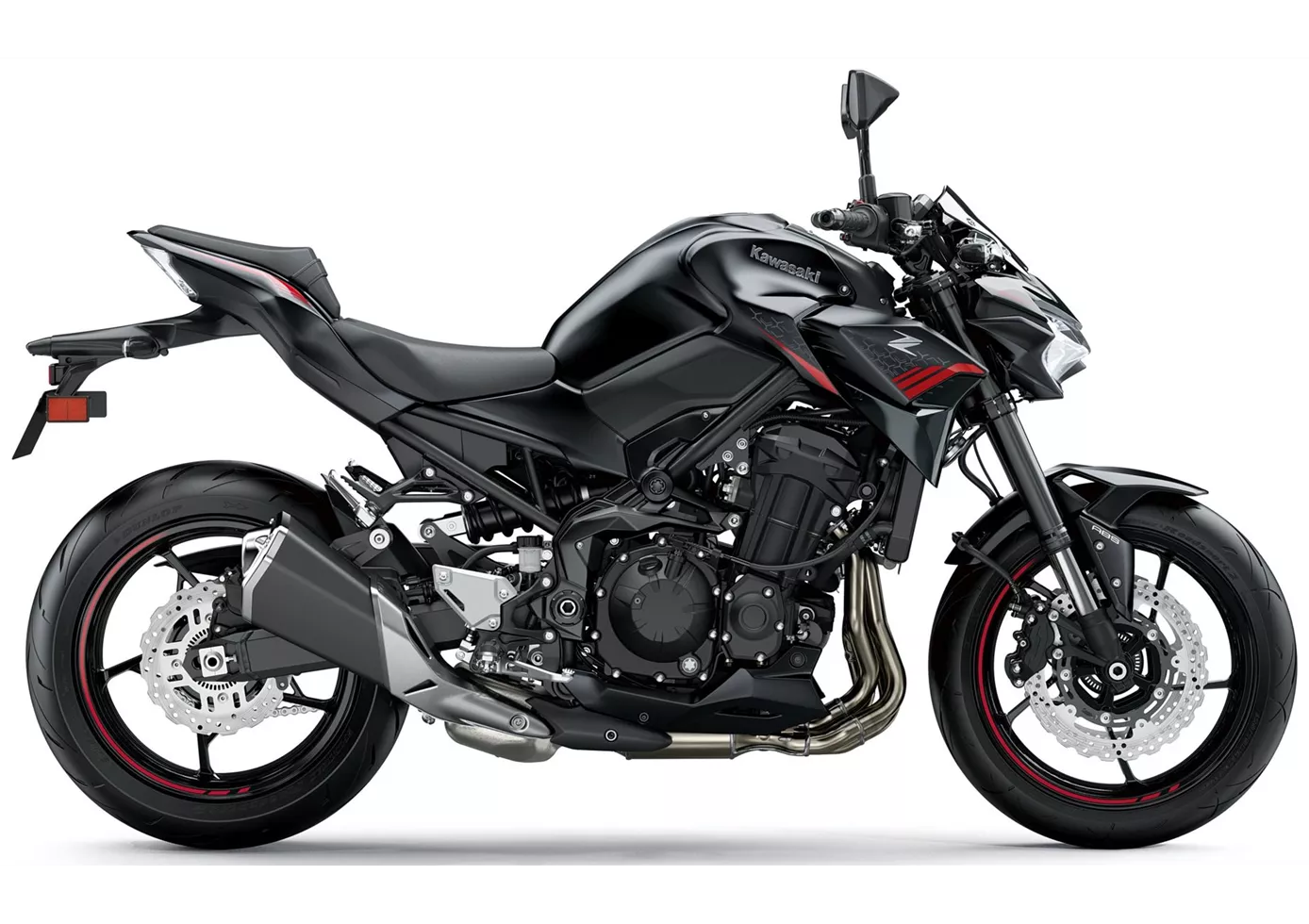
In terms of price-performance, the Kawasaki Z900 is hard to beat at the moment. With the perfectly tuned engine, the high-quality chassis components and the electronics added for 2020, this naked bike offers everything that sporty riders will be looking for. There is really nothing to complain about, even if the option of a quickshifter would have been a nice extra. Apart from that: great shot, Kawasaki!
Price Comparison Avarage Market Price Honda CB 1000 R vs Kawasaki Z900
There are a few key differences between a Honda CB 1000 R 2019 and a Kawasaki Z900 2020. In terms of price, the actual average price of a Honda CB 1000 R 2019 is about 17% higher. Compared to Kawasaki Z900 2020 there are less Honda CB 1000 R 2019 bikes available on the 1000PS.de Marketplace, specifically 16 compared to 34. It takes less time to sell a Honda CB 1000 R with 116 days compared to 124 days for a Kawasaki Z900. Since model year 2008 1000PS.de editors have written 42 reviews for the Honda CB 1000 R and 46 reviews for the Kawasaki Z900 since model year 2017. The first review for the Honda CB 1000 R was published on 06/11/2007 and now has more than 10,400 views. This compares to more than 93,200 views for the first review on Kawasaki Z900 published on 11/11/2016.

